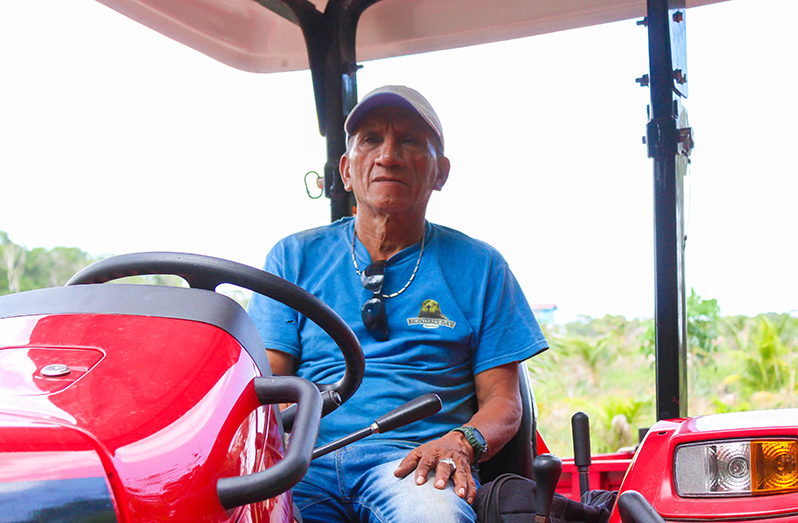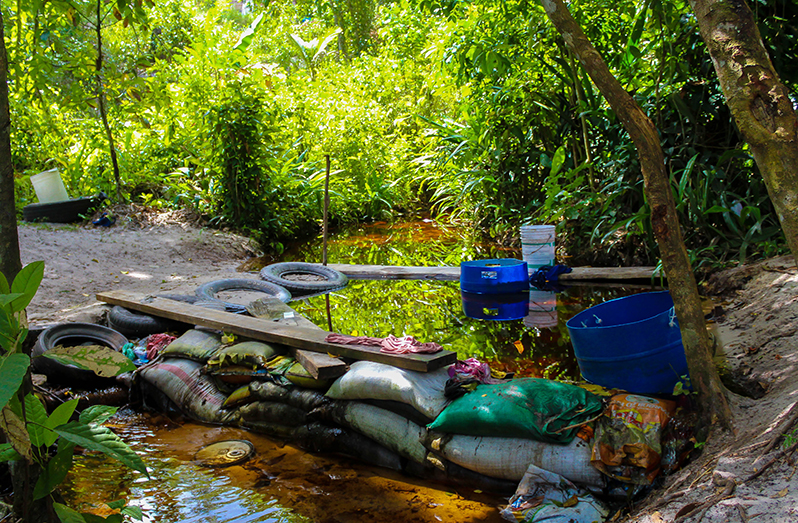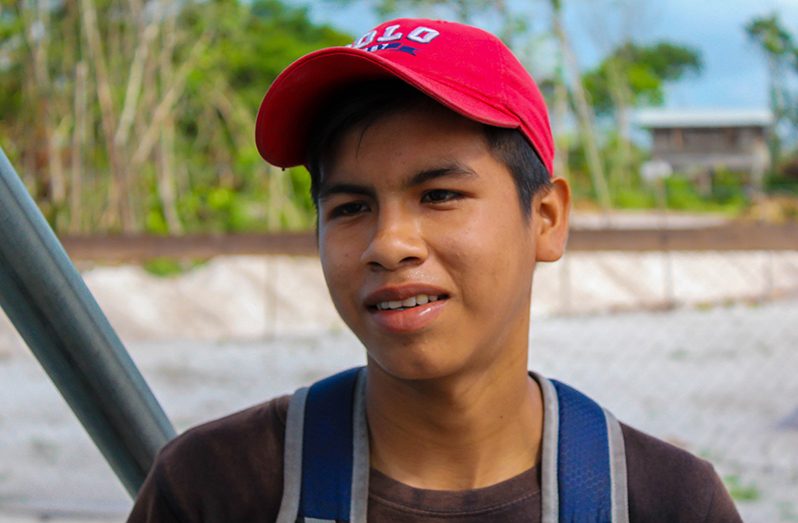Cultivating community and tradition in the face of modernisation
THE name Tigerbone-Banakari is a familiar name for some, especially those who live and traverse the Linden Soesdyke Highway. The little village is located a short distance from its more popular counterpart, Long Creek. The village is home to more than 300 persons and has several significant community development projects ongoing.
Tigerbone-Banakari is a community that is slated for development and subsequent success. However, for a community that has long-held traditions at its core, the question of how to keep the village’s cultural essence intact remains. As the Pepperpot Magazine explored the community, it is evident that, although development is taking place, so are all the traditional aspects of life in

Tigerbone-Banakari. Delving into the community with its unique canopy of trees and various black water creeks, something about the community and its people says that Tigerbone will not leave tradition behind.
The Pepperpot Magazine met with the community’s CDC chairman, James Williams. He shared all he could about the community as he travelled through the village he has called home for over three decades. Being the community’s chairman for more than five years, James stated that, when he first ventured into the community, Tigerbone was more nature than a settlement, with its tall trees and dense forests populated with a diverse mix of plants and animals. As he stated, “I have been living in Tigerbone-Banakari for more than thirty years. When we first came here, this place was sheer bush.” Over time, however, the people of the village came together and cleared several acres of land the village now stands on. James has dedicated himself to developing Tigerbone-Banakari, and, in recent times, work in the community has been moving full speed ahead with various additions and community advancement projects.

Tigerbone has placed great emphasis on agriculture throughout the years. According to James, most people in the community have farms. Even if they do not farm on a large scale, almost everyone has a kitchen garden or knows where, through the trees, to find various wild fruits and vegetables. Venturing into the community of Tigerbone-Banakari takes one on an almost unbelievable adventure. The four-and-a-half mile road that runs through the community is a red dirt road that residents are working on upgrading. Most of the village’s residents work in agriculturally oriented jobs. Farming, fishing, and lumber are popular options for work in Tigerbone-Banakari. As James stated, “There are a lot of farmers here in Tigerbone-Banakari. I have a farm in the village, too. Most of the people here farm and fish. Some do logging, and others go out of the village to work.”

The furthest parts of the community could only be reached by off-road vehicles or, in the case of James, by tractor. “We want to build a new road through the village and upgrade this one. But cars can come in here sometimes,” James explained.
He took the Pepperpot team through the entirety of the village by tractor as we spoke to a few residents about what life is like in the community of Tigerbone. Like the other communities along the highway, Tigerbone is home to a creek. Throughout the years, however, these creeks have extended through the village. Whereas some are naturally occurring creeks, many are blackwater creeks people use as a water source. As James stated, “Plenty of people use this creek as a spring; they wash and so on with the water.”

The Pepperpot Magazine met up with Milly Reeves and her children. Milly has lived in the community for quite some time. She and her family live virtually among the quaint serenity of the trees and depend on the creek that passes by her home for water. Her husband works in Tigerbone, and Milly says living there has been a good experience. Although the village is not yet equipped with electricity, most residents own solar-powered lights and generators. During the magazine’s visit, the community was undergoing work to develop a water system. This is a big step for the village and will greatly increase the quality of life for the people of Tigerbone. James stated, “Right now we are working on putting water in the community. This will be very good for the residents.”

The water system is just a small part of the work being done in the village. James is a part of the committee and has spearheaded various projects, the most recent being a market building. The village is in a new phase of development. Some of the younger people of the village also have big plans for the community. Sixteen-year-old Matthew Alfred is one of the village’s more than a hundred children. The ambitious young man is a recipient of the Hinterland Scholarship. He says he wants to continue his education at Cummings Lodge Secondary. He aspires to be a policeman and says he would like to play a role in the development of the village.
Tigerbone-Banakari is one of the communities that shows the true diversity and beauty that Guyana has to offer. Diversity in nature and people, the village of Tigerbone is poised for an upward trajectory of development.




.png)









